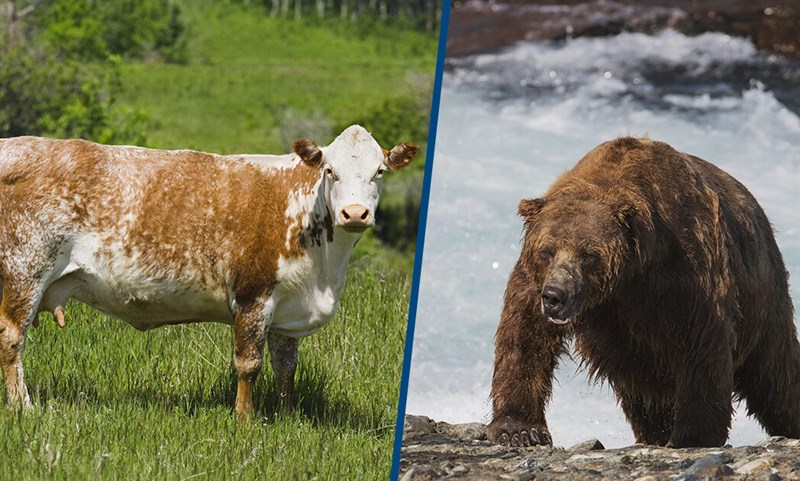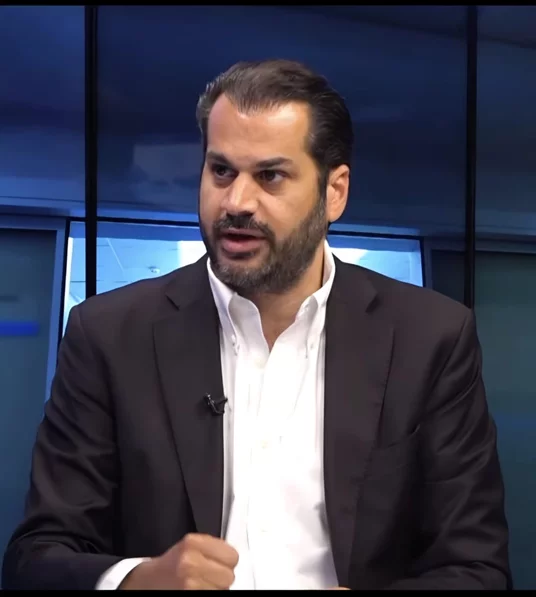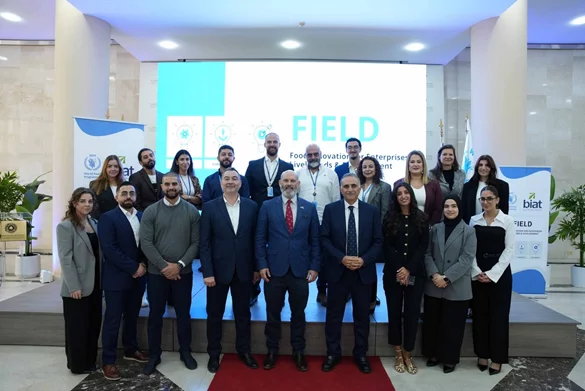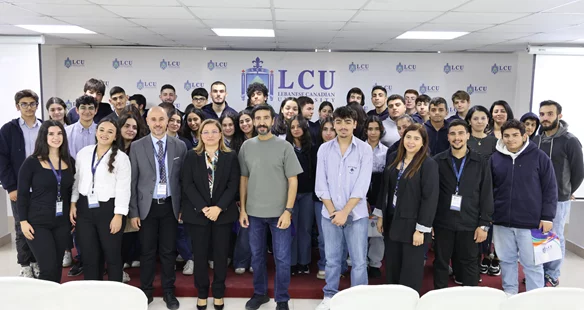If you’ve ever tried to register your dog or your cat on your phone’s face ID, you’ll know that the technology used to tell humans apart doesn’t necessarily work on animals.
But that might not be the case for long. Using the same facial recognition software found on our phones, two teams have come up with a way to identify individual bears through an Artificial Intelligence program that can spot unique features lying behind their fur.
BearID was developed by bear biologist Melanie Clapham alongside Silicon Valley developers Ed Miller and Mary Nguyen. The project uses small identifying features like scars and nicks to monitor grizzly bears in British Columbia, Canada, and has so far successfully recognised 132 of the animals in the wild.
In test results published in the journal Ecology and Environment, the team said they had collected 4,764 images of the bears, and found the software correctly identified individual bears in 80% of cases.
The software has interesting origins – it was based on an existing app used to put moustaches on dogs – but Clapham says that it could be a game changer for animal conservation and research. Using facial recognition to identify bears in the wild could demonstrate a cheaper and less invasive way of monitoring wildlife compared to usual collaring and tagging methods.
And the software isn’t just limited to bears. A similar program is also being used by Kansas cattle rancher Joe Hoagland, whose app CattleTracs aims to create an online database to help cattle farmers monitor and track their livestock. The app will allow anyone to photograph cattle and add other details including GPS co-ordinates and dates to the platform. Hoagland says that the app could be used to help investigate problems like disease-outbreaks within cattle herds, and added that he was inspired by the contact tracing apps currently being used to track the spread of COVID-19.







.webp)

















